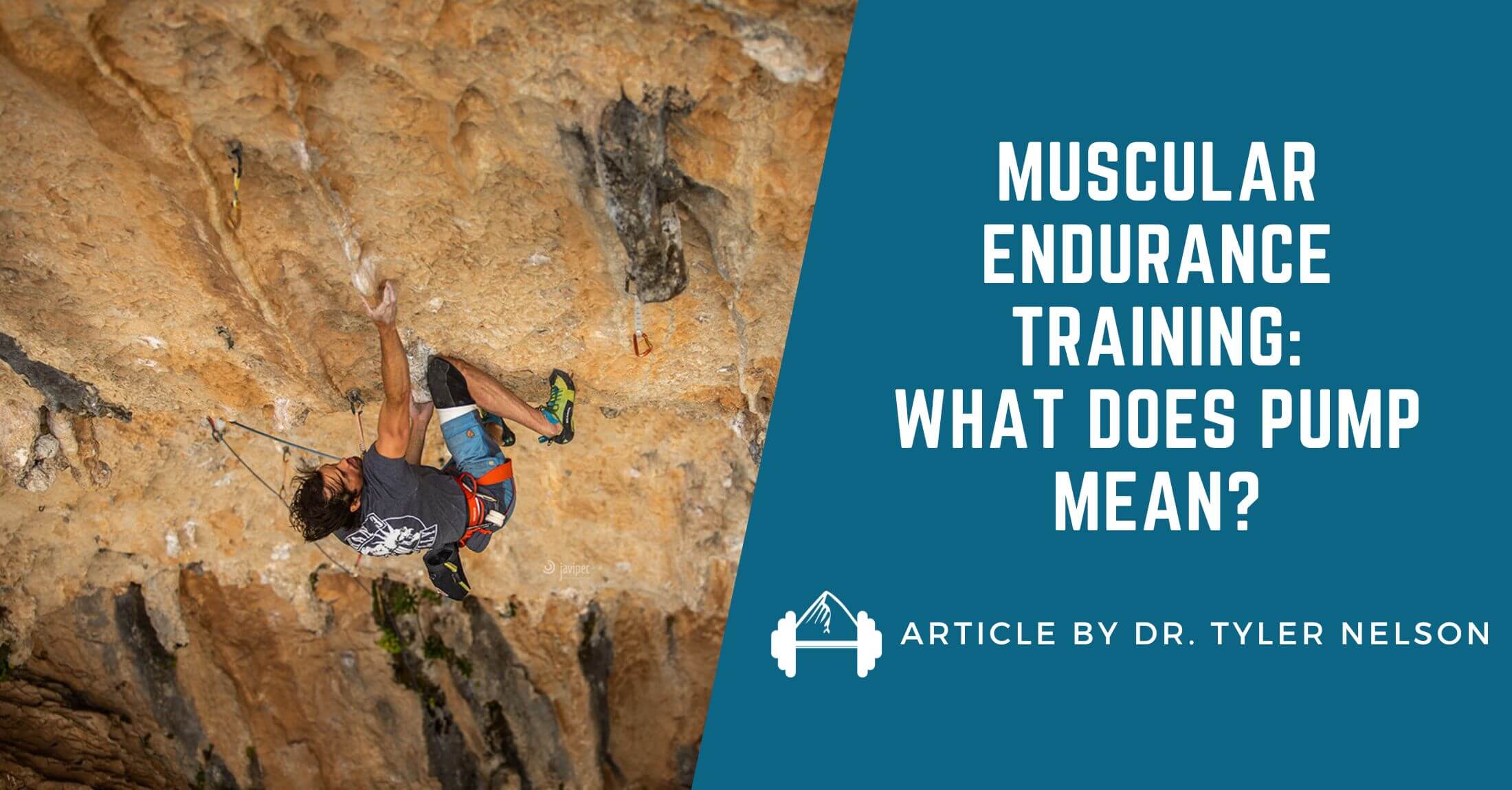If you watch a beginner climber in the gym, the first thing you’ll notice is they are neglecting their feet and only using their arms. To help them out, the first thing you would tell them is “Use your feet.” While most climbers learn to use their feet more efficiently than simply dragging them up the wall, this is about as far as their focus on footwork goes. However, continually working to improve footwork is something climbers of all ability levels should strive to do. Simply put, the more effectively you can use your feet the more efficiently you can climb.
To help, here’s an article by Dave Sheldon about the importance of improving footwork and how to do so. Dave, who draws heavily on the Anderson Brothers and their book The Rock Climber’s Training Manual, outlines what to focus on to help your footwork and then describes drills that can be done in the gym to improve you foot placement skills.
Enter Dave Sheldon…
Improving Footwork
Learning to optimally place and weight your feet means you don’t have to hold on as tightly with your fingers. Proper footwork also puts your body in a position that allows the next set of handholds to be reached with maximum economy. With this in mind, most climbers would admit that if they worked a bit on footwork, their climbing would improve. Ironically, footwork is typically the last skill addressed when climbers set out to progress.
This bias is not surprising, as hand and arm strength play such a crucial role in both performance and the actual task of moving upwards. Focusing on the upper body is especially prevalent and perhaps accentuated by climbing gyms as the shape of the handholds and the wall’s steep nature tend to reward upper body strength. Thankfully, indoor climbing gyms can provide an excellent arena in which to improve one’s footwork and these new skills can be immediately applied to both plastic projects and real rock climbing.
Learning any new trick is already physically and psychologically challenging enough without the added worry of falling. To maximize safety and allow you to focus solely on performing new skills to your best ability, all of the following exercises should be done when toproping, or, when bouldering close to the ground.
It’s also important to set aside some dedicated practice time two or three times a week. Many people find footwork drills can be easily incorporated into their twenty or thirty minute warm up. Also, don’t forget to pay close attention to the way your body feels (its sensory feedback) while practicing. And when a drill becomes easy, try it out on more difficult terrain.
Photo Credit: Edwin Teran; @edwinteran; Area: Red River George, KY; Climb: Omaha Beach 5.14a; Climber: Dru Mack
General considerations:
Wear tight fitting, high performance shoes:
Strap on your red-point kicks when redefining what you can effectively stand on and move off of. Sloppy gym shoes are for sloppy gym climbing. What good is that?
Keep your feet low and move them frequently:
Most gym routes encourage large foot movements. And while high stepping or a wide stem may help you send the blue route, these techniques have much less value on rock. Therefore, when practicing, work to make small, frequent foot placements. Specifically, try making three foot placements for every hand move. Don’t be surprised if you have to add intermediate feet that aren’t part of the designated route. Climbing in this style will train you to keep your body close to the wall and your weight, guess where, on your feet.
Foot placement and body position:
When working out a crux, it’s easy to get fixated on hand sequences and simply put your feet on the biggest holds you can find. The gym offers an excellent place to experiment with how utilizing different foothold locations will drastically effect body position, which in turn, affects the use of handholds.
Weight footholds:
There is more to optimizing your footwork than getting good at putting your piggys exactly where you want them. How you weight your feet is another vital skill. So, once your feet are sitting properly, concentrate on wrapping your toes onto the hold while weighting your foot in a way that maximizes friction between hold and rubber. Doing so can require a surprising degree of core strength and body awareness, especially on overhanging terrain.
Photo Credit: Edwin Teran; @edwinteran; Area: Hueco Tanks, TX; Climb: Fern Roof V9; Climber: Nick Duttle
Drills:
Precision Feet:
When boulder traversing or toproping, pick the best spot of every foothold you encounter and move your foot onto this location or bull’s eye with great precision. Do not take your eyes off the foothold until your foot is perfectly placed. Speed up as your skill level increases but remember that toe accuracy is the main goal.
Foot Stab:
While wearing your shoes but not climbing, stand in front of a climbing wall and balance on one leg. Next, reach out and accurately touch pre-selected foot hold targets with your free foot. For increased difficulty, pick targets that require tricky reaches and challenge your balance. The goal is to improve coordination.
Blinking Drill:
When bouldering or toproping, pick out a foothold and move your foot towards its exact location. Before it makes contact, close your eyes and keep them closed until you have your foot securely placed. Then, evaluate your performance first through feel, then by opening your eyes to confirm. Pick out the next hold and continue. The goal is to improve how you control your foot through body awareness, and to learn to evaluate a foot placement through feel.
Jibs Only:
When bouldering or toproping in the gym, only allow yourself to use tinny screw on foothold jibs, small divots, waves molded into the body of handholds and natural features existing on the surface of the wall. The goal is to simulate small rock like footholds and to also challenge your perception of what you can effectively stand on and move off of.
Downclimbing:
When climbing, many people develop tunnel vision to what is directly above them and in reach of their hands. When stuck in this pattern, the hips, legs and feet are mostly forgotten. An easy way to start thinking about the lower extremities, and especially the feet, is to practice downclimbing. As you practice, let your feet lead the way and shift your body to most effectively weight and utilize the footholds you encounter.
Glue Feet:
When bouldering or toproping, imagine that your toes become frozen to the foothold as soon as you place a foot. This means no pivoting, titling or repositioning. To further avoid changing the relationship between foot and foothold, flex at the ankle when moving your body past the hold. Learn to establish and feel a wide contact area between your foot and hold and then work to maintain this maximum contact while the rest of your body moves. The ultimate goal of this tricky exercise is to increase foot holding power and prevent slips.
Observe Other Climbers:
The gym can be the perfect place to watch advanced climbers on the exact route or boulder problem you just climbed on. When in witness mode, make sure to watch how they move and use their feet. Also, note which foot holds they use and why. Watching World Cup competition climbing videos on the internet is another excellent way to glean footwork nuances that you can latter apply to your own climbing.
Photo Credit: Edwin Teran; @edwinteran; Area: Red River George, KY; Climb: Chainsaw Massacre 5.12a; Climber: Allison Fisk
Conclusion:
Once your new skills start to become familiar add them to your redpoint projects. Practice crux sequences feeling how your toes smear, push, pull or torque on crucial footholds. If appropriate, challenge a foot placement or two to the point of failure. There’s a good chance your foot will stick with more weight on it than you would have initially thought.
After some redpoint success, up the ante once again and try a route you know very little about. As always, the key is to never lose focus on how your feet feel and how they set up body position. You’ll know your practice is really starting to pay out when you can perfectly execute demanding foot placements, on-sight, while carrying a massive forearm pump. Good luck!
About The Author – Dave Sheldon
 Dave has been climbing for sixteen years and has climbed sport routes up to 5.13b. He enjoys writing about what makes top climbers tick and how the 99% can more efficiently achieve their climbing goals in a creative, safe, and injury free manner.
Dave has been climbing for sixteen years and has climbed sport routes up to 5.13b. He enjoys writing about what makes top climbers tick and how the 99% can more efficiently achieve their climbing goals in a creative, safe, and injury free manner.
When he’s not burning valuable resources commuting to Rifle Mountain Park, he works as an Advanced Rolfer and SourcePoint Therapist in Boulder, CO. Neely is one of his highly satisfied clients, actually! Visit his website for more information about his private practice. www.davesheldon.com








Leave A Comment